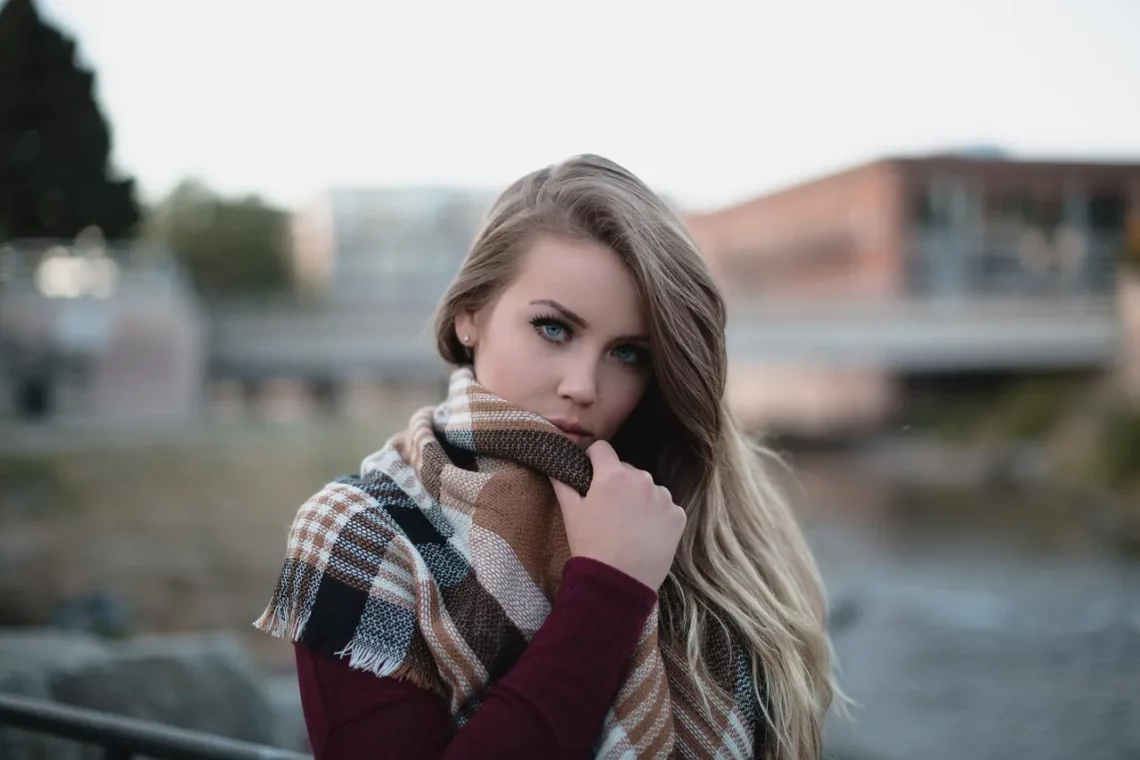
The Allure and Controversy of Seal Fur Coats in Fashion
The realm of fashion is an ever-evolving landscape, where trends come and go, but certain materials endure as symbols of luxury and sophistication. One such material is seal fur, which has sparked both admiration and controversy in equal measure. The allure of seal fur coats lies not only in their exquisite softness and warmth but also in their association with high fashion and exclusivity. For centuries, seal fur has been a sought-after commodity, often coveted by fashion enthusiasts and worn by celebrities on red carpets and high-profile events.
However, the use of seal fur in fashion is not without its detractors. Advocacy groups and animal rights activists argue vehemently against the ethical implications of using animal skins in clothing and accessories. They point to the environmental impact of fur trade, the treatment of seals during hunting, and the broader consequences of promoting fur as a fashion statement. This dichotomy between fashion and ethics creates a complex narrative that continues to captivate public interest.
As consumers become increasingly aware of the ethical considerations surrounding fashion choices, the debate over seal fur coats intensifies. The tension between luxury and morality raises important questions about sustainability, animal rights, and the future of fashion itself. In this article, we will explore the multifaceted nature of seal fur coats, delving into their historical significance, the ethical dilemmas they present, and the evolving perceptions of fur in the fashion industry.
The Historical Significance of Seal Fur in Fashion
Seal fur has a rich history that dates back centuries, serving not only as a practical material for warmth but also as a symbol of status and wealth. Indigenous peoples of the Arctic regions have long utilized seal fur for clothing, shelter, and tools, showcasing its versatility and durability. These traditional practices laid the groundwork for seal fur’s emergence in high fashion, particularly in the 20th century.
In the early 1900s, seal fur began to gain traction in Western fashion circles. Designers and fashion houses recognized its luxurious qualities, incorporating it into their collections. Its unique texture and natural sheen made it a favorite among the elite, and soon, seal fur coats became synonymous with glamour and sophistication. Throughout the decades, seal fur has been featured prominently on runways and in fashion magazines, further cementing its status as a coveted material.
However, the rise of seal fur in fashion was not without controversy. The hunting of seals, particularly in regions like Canada and Greenland, drew criticism from animal rights activists who highlighted the often brutal methods used in the fur trade. As awareness of animal welfare issues grew, so did the backlash against the use of fur in fashion. This led to an increasing number of designers and brands distancing themselves from fur, favoring alternative materials that aligned with a more ethical approach to fashion.
Despite these challenges, seal fur remains a notable component of the luxury fashion market. Some designers continue to embrace it, arguing that responsible sourcing and sustainable practices can coexist with the use of animal products. This ongoing tension between tradition and modern ethical standards shapes the narrative surrounding seal fur, making it a fascinating subject within the fashion industry.
The Ethical Debate Surrounding Fur Fashion
The ethical implications of using seal fur in fashion are a significant point of contention. Proponents argue that fur is a natural, biodegradable material that can be harvested responsibly, while opponents maintain that the suffering endured by animals during hunting is unconscionable. This debate raises profound questions about humanity’s relationship with nature and the moral responsibilities we hold toward other living beings.
Animal rights activists often highlight the conditions under which seals are hunted, emphasizing the need for humane treatment. They argue that the methods employed in seal hunting can be cruel and inhumane, leading to calls for bans on seal fur products in many countries. Such advocacy has resulted in legislation aimed at protecting seal populations and regulating the fur trade, underscoring the growing public awareness of animal welfare issues.
On the other hand, some argue that the fur trade can provide economic benefits to indigenous communities who rely on seal hunting for their livelihoods. Proponents of responsible fur sourcing contend that when done ethically, the hunting of seals can support sustainable practices and promote cultural traditions. This perspective complicates the narrative, as it intertwines issues of cultural heritage, economic necessity, and animal rights.
As consumers become more conscious of their purchasing decisions, the demand for transparency in the fashion industry has grown. Brands are increasingly expected to provide information about the sourcing of their materials and the ethical practices behind their production. This shift is encouraging some designers to adopt more sustainable approaches, even in the realm of fur fashion. By prioritizing ethical standards, the industry can begin to reconcile the allure of seal fur with the pressing need for responsible practices.
The Future of Seal Fur in Fashion
The future of seal fur in fashion remains uncertain, shaped by evolving consumer attitudes and ongoing ethical debates. As a growing number of consumers advocate for cruelty-free and sustainable options, many fashion houses are reevaluating their stance on fur. This shift is evident in the increasing popularity of faux fur and alternative materials that mimic the luxurious qualities of seal fur without the ethical concerns.
Fashion weeks around the world have seen a noticeable decline in the presence of fur on the runway, with many designers opting for faux alternatives or entirely fur-free collections. This trend reflects a broader societal shift toward more humane and environmentally conscious practices in fashion. As consumers prioritize ethical considerations, brands that fail to adapt may find themselves at a competitive disadvantage.
Moreover, the rise of technology in fashion is paving the way for innovative materials that offer the look and feel of fur without the ethical implications. Advances in textile production are enabling the creation of high-quality synthetic furs that are both stylish and sustainable. These developments present an opportunity for the fashion industry to move away from traditional fur while still catering to consumer desires for luxurious materials.
As we look to the future, it is clear that the conversation surrounding seal fur and its place in fashion will continue to evolve. The balance between luxury, ethics, and sustainability is delicate, and the choices made by designers and consumers alike will shape the landscape of fashion for years to come. Ultimately, the allure of seal fur may persist, but its role in the industry will depend on the collective commitment to responsible practices and a deeper understanding of the ethical implications at play.
In conclusion, the allure and controversy of seal fur coats in fashion embody a complex interplay of history, ethics, and future possibilities. With growing awareness and advocacy for animal rights, the fashion industry faces a critical juncture where tradition must meet modern values. As we navigate this evolving landscape, the choices we make as consumers and creators will determine the trajectory of seal fur and its impact on the world of fashion.




